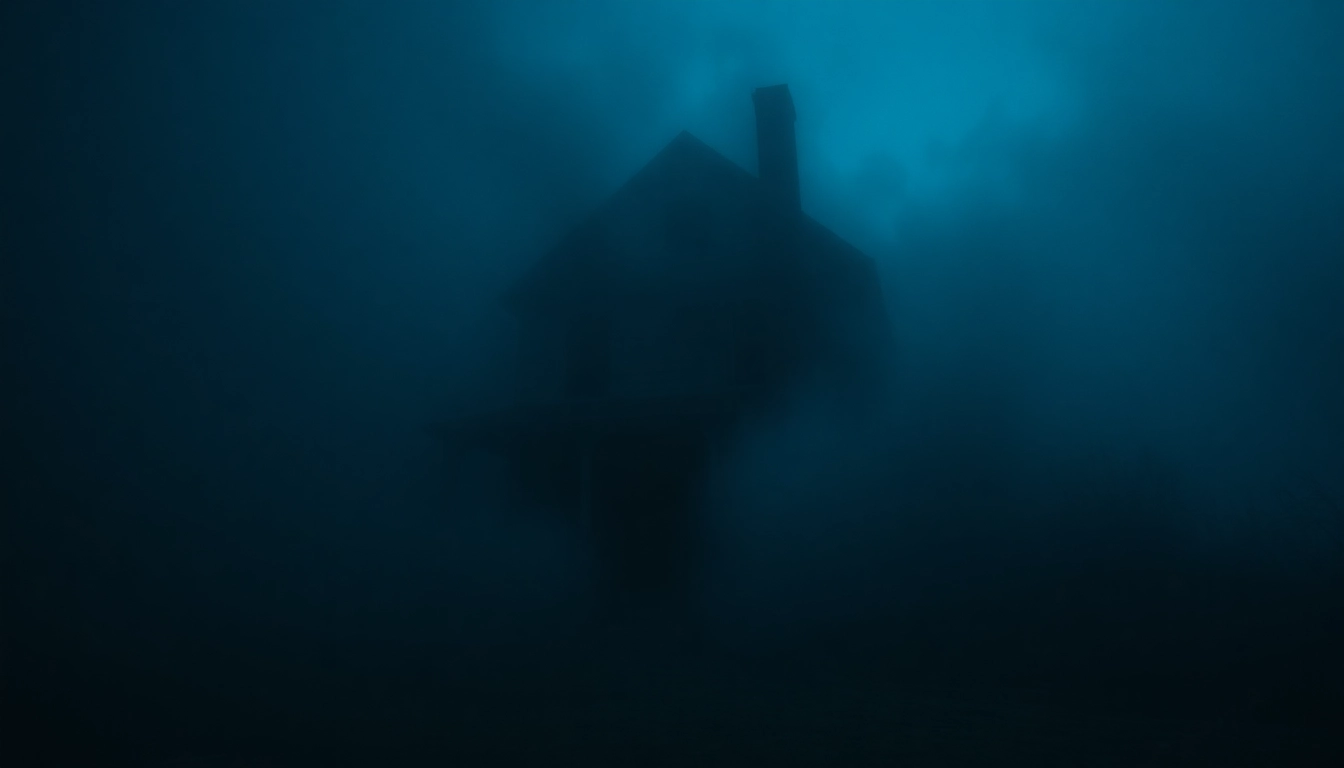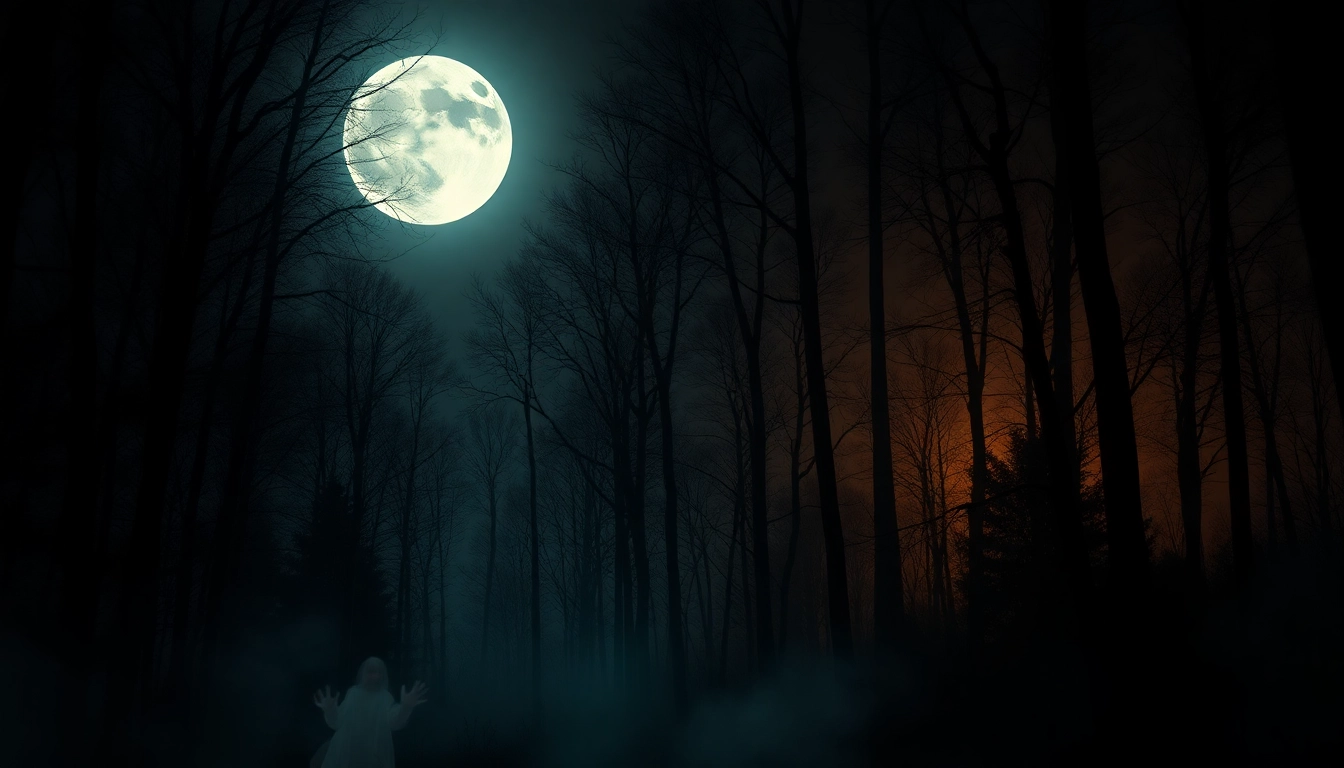Understanding the Horror Genre
The horror genre offers a lens into our deepest fears while simultaneously providing thrills and captivating storytelling. With its roots embedded in ancient folklore and myths, horror has evolved remarkably over the years. One of the best places to discover this evolution, along with the latest trends, is HellHorror.com, a comprehensive portal dedicated to the newest and most acclaimed horror films.
What Defines Horror Movies?
Horror movies are primarily crafted to evoke terror and dread within their audiences. Utilizing suspense, fear of the unknown, and emotional thrills, they tap into primal instincts. The defining elements of horror films often include:
- Atmosphere: A well-crafted atmosphere is crucial in horror. It establishes tension, heightening the audience’s anticipation of what might occur next.
- Monsters and Antagonists: Whether supernatural beings or otherworldly creatures, monsters serve as central figures in many horror narratives, often representing fears or societal issues.
- Psychological Manipulation: Many horror films explore the human psyche, engaging viewers with psychological terrors and moral dilemmas.
- Survival Elements: Frequently, protagonists find themselves in life-or-death scenarios, forcing them to navigate through peril and make stark decisions.
The Evolution of Horror: A Historical Overview
The history of horror films traces back to the early 20th century, burgeoning with the silent film era. Films such as “Nosferatu” (1922) and “The Cabinet of Dr. Caligari” (1920) laid foundational elements that define the genre today. As technology improved and audience expectations shifted, horror films began to explore new themes:
- Classic Monsters (1931-1950): Universal Studios elevated horror through iconic films featuring Dracula, Frankenstein, and The Mummy, embedding these monsters into pop culture.
- Psychological Horror (1960-1980): Films like “Psycho” and “Rosemary’s Baby” shifted focus to psychological elements, often highlighting the horror within ourselves.
- Slasher Films (1970s-1980s): The rise of characters like Michael Myers and Freddy Krueger marked a distinct era, characterized by graphic violence and intense suspense.
- Modern Horror (1990s-present): This era sees a blending of genres, with films like “Get Out” and “The Babadook” exploring societal issues, integrating horror not just as entertainment but as a reflective medium.
Key Sub-genres of Horror
The horror genre encapsulates a variety of sub-genres that cater to diverse audiences. Some of the most prevalent include:
- Psychological Horror: Focusing on the mind’s intricacies, it emphasizes mental distress and emotional turmoil.
- Supernatural Horror: Involving ghosts, demons, and folklore, this sub-genre typically presents elements beyond the realm of reality.
- Slasher Films: These films revolve around a killer stalking and attacking a group of people, often in a brutal and graphic manner.
- Body Horror: This sub-genre explores the grotesque, highlighting bodily transformations, disease, and mutilation.
- Found Footage: Offering a unique narrative style, these films present fictional events through supposedly real footage, increasing the realism and tension.
Upcoming Horror Releases
As the horror landscape continually evolves, audiences are often on the lookout for what’s new and exciting within the genre. With 2025 on the horizon, several highly anticipated horror films are generating buzz.
Top Anticipated Horror Movies of 2025
The fluctuating tastes of audiences alongside emerging talents keep the excitement within horror alive. Here are some of the most anticipated horror movies poised for release in 2025:
- The Revenants: A harrowing tale that explores themes of betrayal and survival among a group of unlikely companions encountering a new evil.
- Spectral Shadows: This film dives into the world of urban legends, beautifully merging folklore with modern fears.
- The Haunting of Hollow Manor: A return to classic haunted house motifs, this movie promises to rejuvenate interest in supernatural horror with masterful storytelling and a chilling atmosphere.
- Afterlife: Featuring a fresh take on the repercussions of life after death, the film explores philosophical themes interspersed with terror.
Director Spotlights: Emerging Talent in Horror
As horror consistently evolves, emerging directors are redefining boundaries and exploring uncharted themes. Notable figures include:
- Ari Aster: Known for “Hereditary” and “Midsommar,” Aster focuses on the human condition, integrating folk horror with personal narratives.
- Jordan Peele: A transformative voice, Peele’s works like “Get Out” and “Us” not only elicit terror but also provoke important conversations about race and culture.
- Jennifer Kent: With “The Babadook,” she delves into grief and trauma, showcasing horror’s capability to tell deeply human stories.
How to Watch New Horrors: Streaming and Theatrical Releases
While traditional theaters were once the sole vessels for new releases, the landscape has shifted considerably. Streamers like Netflix, Hulu, and Amazon Prime are acquiring and producing horror films at an unprecedented rate. Here’s how to catch the latest offerings:
- Theatrical Releases: Many anticipated horror films still get theatrical runs, offering viewers the immersive experience of the big screen.
- Streaming Services: Platforms often release exclusive horror films. Keeping an eye on release schedules for networks like Shudder or directors’ features on platforms like HBO Max can yield great finds.
- Horror Festivals: Events like Sundance and Fantastic Fest are excellent venues for discovering thrilling horror indie films before their wider releases.
Classic Horror Films
While audiences eagerly anticipate the newest films, classic horror films remain a vital part of the genre’s identity. These films shaped narrative structures and genre conventions that many modern filmmakers draw from today.
The Impact of Classic Horror on Modern Cinema
Classic horror serves as the foundation for many contemporary works, influencing themes and techniques. For instance, the use of atmosphere in “Dracula” set a trend for mood-setting that spans decades, while “Psycho” broke new ground in narrative structures and character depth. These classics allow modern creators to build upon established techniques, adding layers of complexity and fresh perspectives.
Must-Watch Horror Films from the ’80s and ’90s
The 1980s and 1990s were pivotal for horror, producing films that are now considered classics. Iconic titles include:
- The Shining (1980): Stanley Kubrick’s haunting adaptation of Stephen King’s novel is a masterpiece of psychological horror.
- A Nightmare on Elm Street (1984): Introducing Freddy Krueger, the film revolutionized the slasher genre by merging supernatural elements with dreamscape terrors.
- Scream (1996): This film interrogated horror tropes while simultaneously compelling audiences with its self-referential humor and meta-narrative.
Critical Acclaim: Horror Films That Changed the Game
Certain horror films broke norms and expectations, paving the way for future filmmakers. Examples include:
- Night of the Living Dead (1968): A landmark for its commentary on social issues during a time of unrest, this film revitalized the zombie genre.
- The Exorcist (1973): Famously disturbing, it boldly tackled themes of faith and spiritual warfare, setting a high bar for supernatural horror.
- Get Out (2017): A modern classic, it combined horror with biting social commentary on race relations, redefining audience expectations.
Horror Movie Trivia and Fun Facts
The world of horror is filled with intriguing trivia and less-known facts that enhance the viewing experience. These insights not only entertain but deepen appreciation for the craft.
Behind the Scenes: Secrets of Filmmaking
Many horror films harbor fascinating secret techniques that contribute to their effectiveness. For example, in “The Shining,” Jack Nicholson’s iconic line “Here’s Johnny!” was improvised, contributing to the film’s overall unsettling atmosphere. Directors often use practical effects to evoke authentic reactions, such as utilizing dummies for gory scenes or choreographing elaborate stunts for scares.
Iconic Horror Scenes and Their Creators
Scenes that leave an indelible mark on audiences often have convoluted backgrounds. The shower scene in “Psycho” is lauded for its innovative cuts and suspenseful buildup, orchestrated by Alfred Hitchcock himself. Similarly, the chestburster scene from “Alien” remains unforgettable, made impactful by the use of real effects rather than CGI.
Interesting Facts About Popular Horror Films
Here are some fun facts that might surprise horror aficionados:
- The original working title for “A Nightmare on Elm Street” was “Scary Movie.”
- “Halloween” (1978) was filmed on a mere budget of $300,000 but grossed over $70 million, marking it as one of the most profitable films ever made.
- The creepy nursery rhyme in “The Babadook” was originally written for a different short film by director Jennifer Kent.
Engaging with the Horror Community
The horror community is vibrant and inclusive, offering various avenues for enthusiasts to engage and connect with like-minded individuals. Building a sense of community is an integral part of fostering a love for the genre.
How to Join Discussions on HellHorror.com
For fans wishing to connect, HellHorror.com offers numerous platforms for discussion, including forums, newsletters, and social media channels. Engaging in discussions around upcoming releases or favorite classics furthers appreciation and understanding of the genre.
Fan Theories: What Do Fans Think?
Fan theories often enrich the viewing experience by delving deeper into plot lines and character arcs. Discussions around films like “The Shining,” with its myriad interpretations of hidden meanings and conspiracy theories, showcase how fans dissect motives, symbols, and context.
Participating in Horror Events and Festivals
Horror film festivals like Fantasia and FrightFest are perfect venues for fans to experience innovative storytelling, meet filmmakers, and participate in panel discussions. Additionally, conventions like Comic-Con provide opportunities for horror enthusiasts to engage directly with creators and gather exclusive insights.



